THE VOICE FOR THE ENERGY CONSUMER

CEA Kevin Doyle examines how nuclear power in Florida provides carbon-free, environmentally sustainable energy that fuels Florida’s economic growth. If our state is going to keep meeting this increased energy.
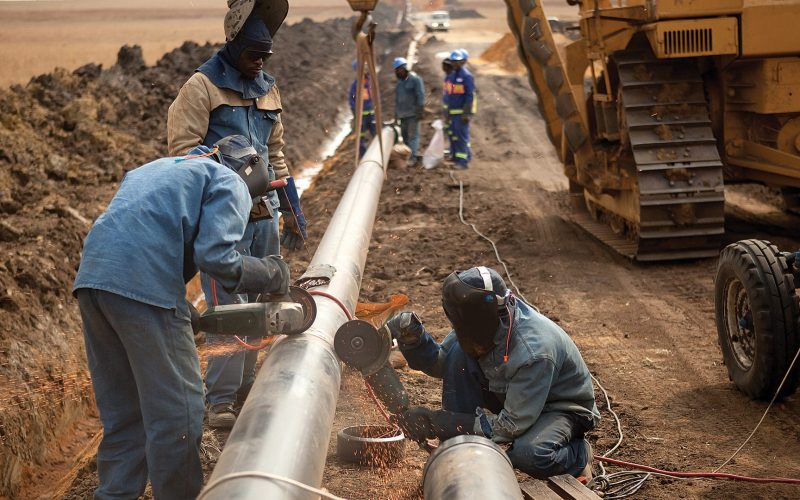
Nation’s Largest Consumer Energy Group Applauds Decision to Approve Major DAPL Expansion Springfield, IL – Consumer Energy Alliance (CEA), the leading consumer energy advocate, released the following statement as the.
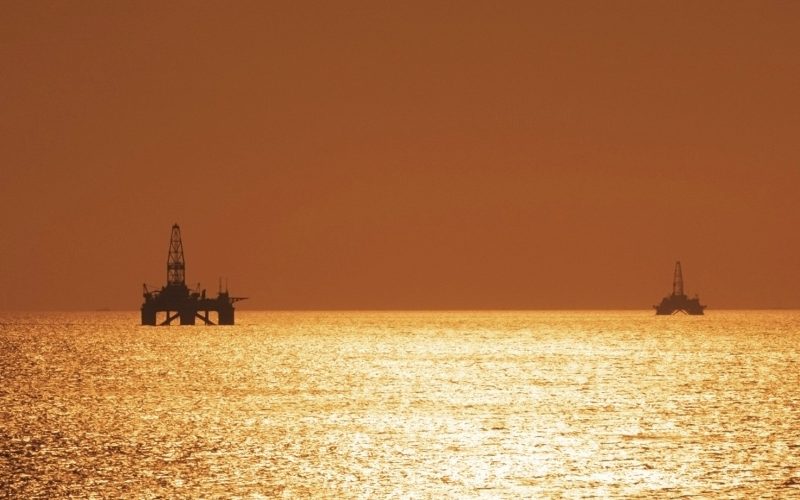
Kaitlin Schmidtke, CEA’s Gulf Coast Executive Director, examines the necessity of energy production in the Gulf of Mexico and the 20,000 jobs it supports in Mississippi. To understand the Gulf’s.
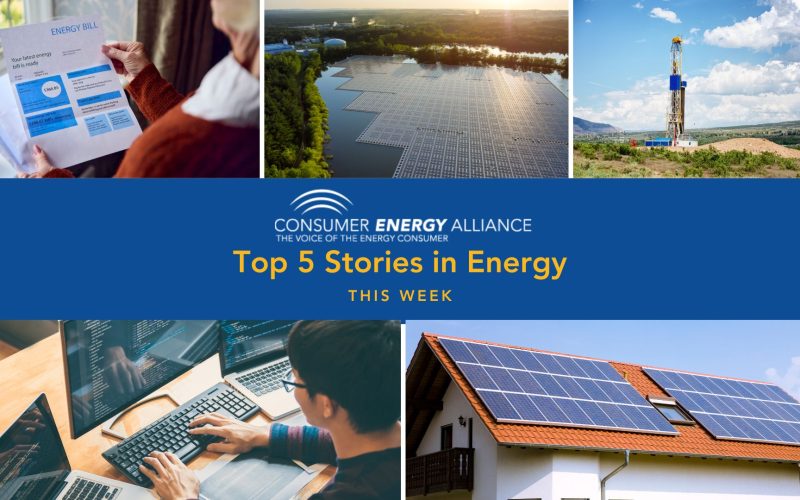
Global energy headlines kept us busy this week as we saw cooling demand keeping oil stuck around $40 per barrel, fracking take a central role as a campaign issue in.
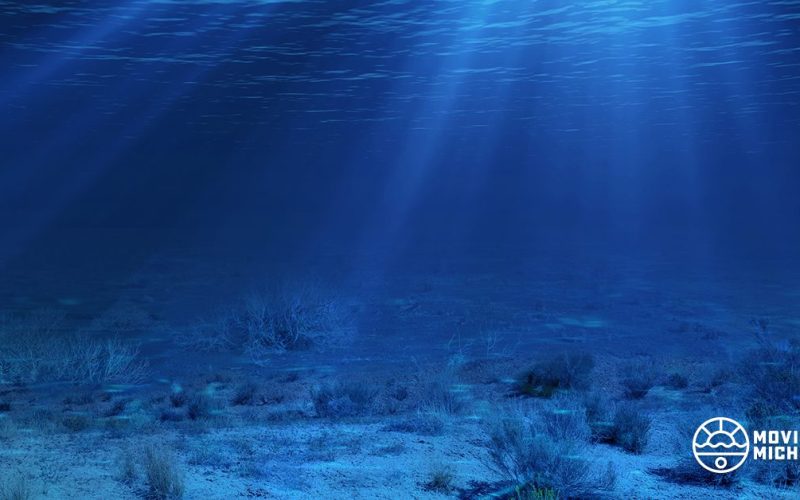
Hostile opposition to major tunnel projects like the Great Lakes Tunnel Project is nothing new. It took nearly two centuries before the tunnel across the English Channel between England and.
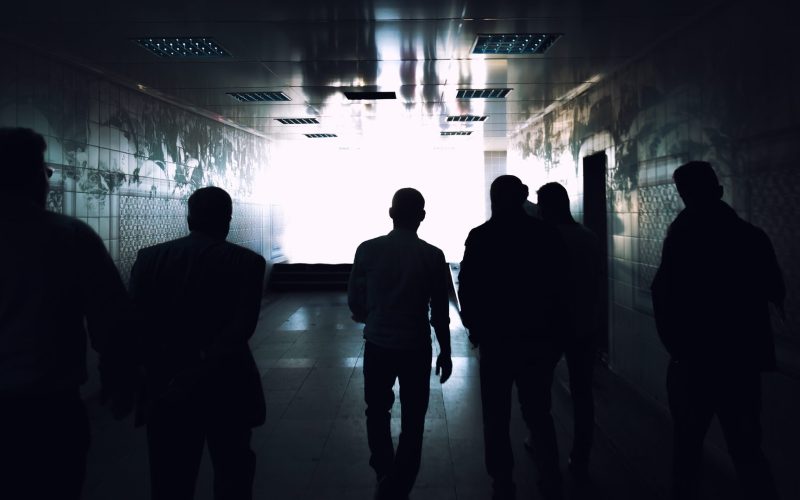
Anti-energy activists have continued to say that construction jobs are just temporary, part-time work, and should not be considered as we look at building out our nation’s infrastructure – whether.
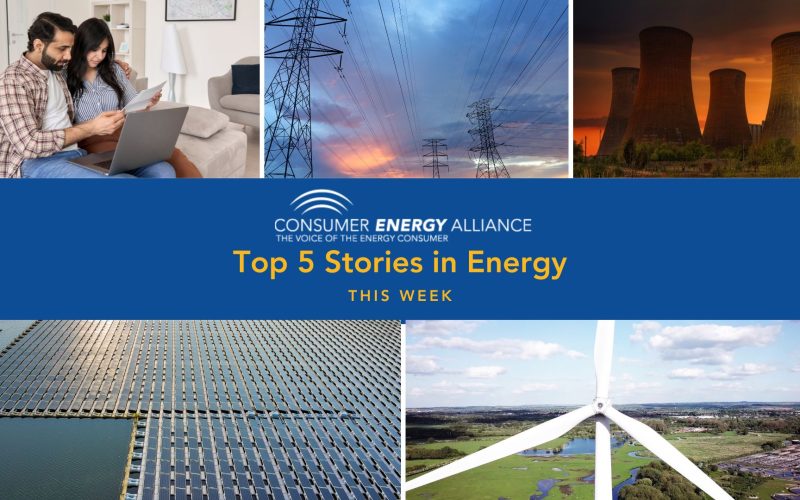
This week was full of huge headlines, so let’s jump right into the biggest stories. Everyone’s talking about the madness that came out of the first 2020 presidential debate, President.
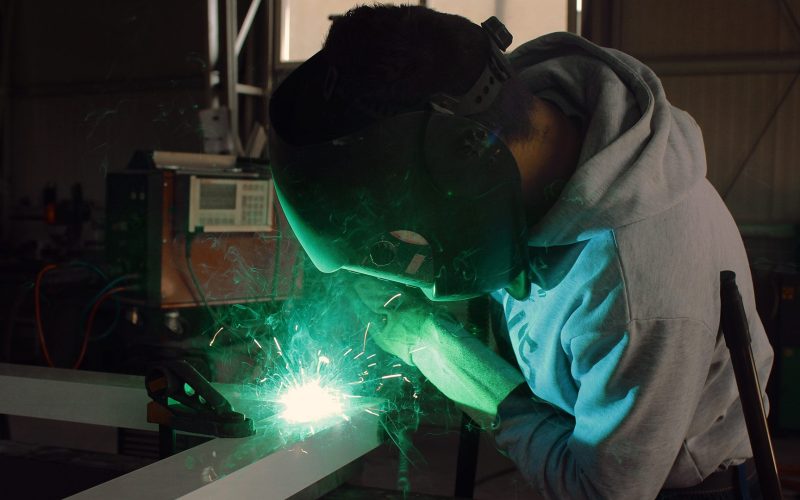
CEA’s Gulf Coast Executive Director, Kaitlin Schmidtke, looks at the impact of the 94,000 jobs the offshore energy industry supports in Louisiana and how our increasing energy production is benefitting.
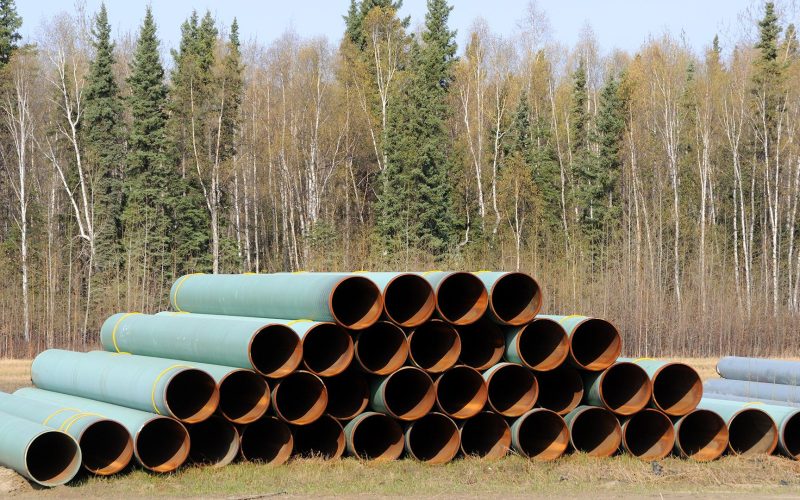
Consumer Energy Alliance’s report, How Pipelines Can Spur Immediate Post-COVID Economic Recovery, was featured in a discussion on the importance of energy infrastructure. A recent study by the Consumer Energy.